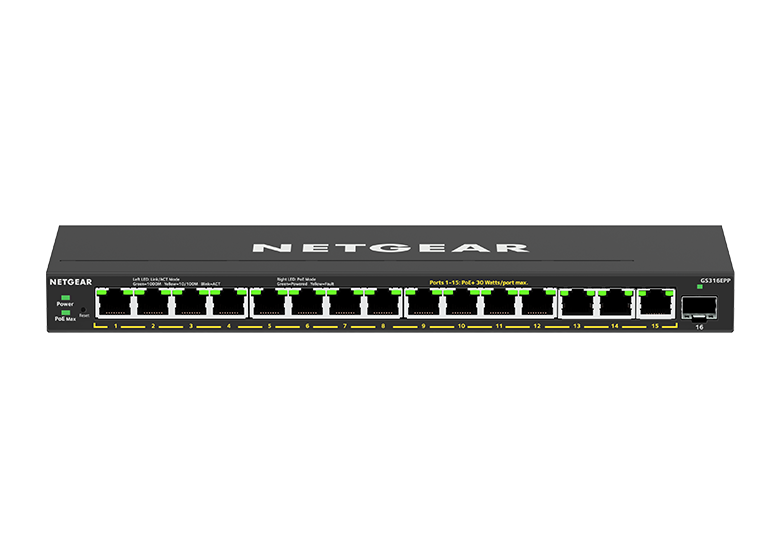- Mar 26, 2022
- 5
- 0
I am beginning to setup a BI system with 12 cameras.
I purchased an IPCAM Power 24 port switch: p/n IPCP-24P2G-AF2 POE.
When trying to access this device thru Windows The login screen has never worked properly;
additionally I believe it corrupted my Windows 10 Start Menu. and even though
I unplugged from my network I cannot get it to stop 'flashing' up on my screen
after cold reboot. I never added any software or firmware nor changed my bios.
I prefer to purchase a different switch altogether preferably in a similar size, one with better support
and documentation. Cost isn't a factor.
Any suggestions ??
thank You !
I purchased an IPCAM Power 24 port switch: p/n IPCP-24P2G-AF2 POE.
When trying to access this device thru Windows The login screen has never worked properly;
additionally I believe it corrupted my Windows 10 Start Menu. and even though
I unplugged from my network I cannot get it to stop 'flashing' up on my screen
after cold reboot. I never added any software or firmware nor changed my bios.
I prefer to purchase a different switch altogether preferably in a similar size, one with better support
and documentation. Cost isn't a factor.
Any suggestions ??
thank You !


